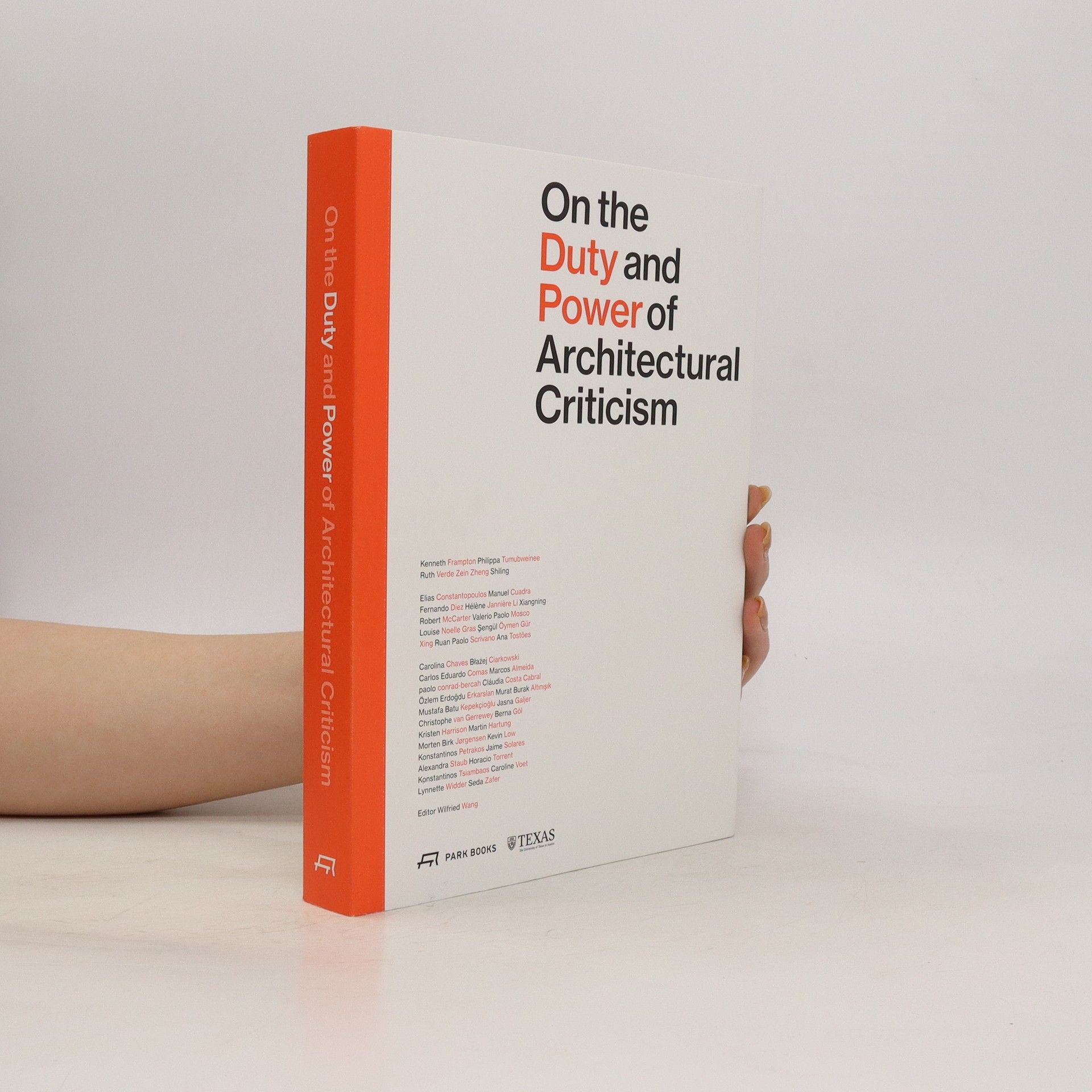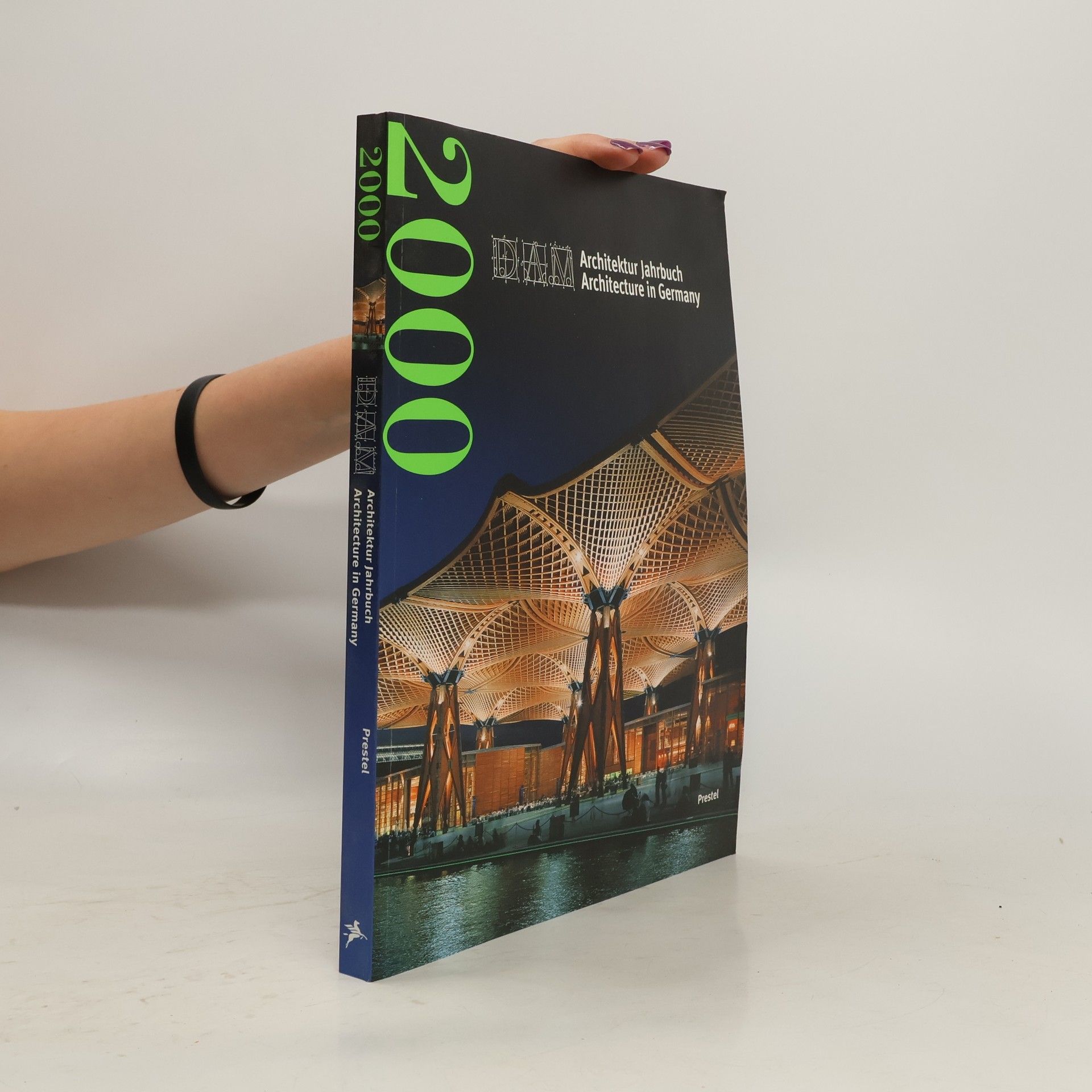Architecture in Germany
DAM Annual 2000
Architectural utopias of yesterday and today, complete with detailed illustrations.




DAM Annual 2000
Architectural utopias of yesterday and today, complete with detailed illustrations.
Sollte Architekturkritik aufklärerisch sein? Soll sie dazu beitragen, eine bessere gebaute Umwelt zu schaffen? Soll sie ideale Praktiken skizzieren? Hat sie die Macht darüber, wer «in» und wer «out» ist? Die Architekturkritik befindet sich an einem Scheidepunkt zwischen kritischer Praxis und dekorativer Legitimation. Zutreffende Architekturkritik gibt es selten, und die Definition von Kritik selbst ist in Zeiten eines hierarchielosen Internets undurchsichtig geworden. Die von der School of Architecture der University of Texas veranstaltete Internationale Konferenz für Architekturkritik 2021 hat beispielhafte Beiträge zusammengetragen, welche die Ziele und Methoden sowie die ethischen Grundlagen der Architekturkritik diskutieren. Die in diesem Buch versammelten Texte befassen sich entweder mit der Pflicht oder mit der Macht der Architekturkritik. Zu beiden Aspekten präsentieren die Autorinnen und Autoren jeweils ihre Analysen eines bestehenden Gebäudes. Dieser Band versammelt konkrete Fallstudien für künftige Generationen von Architekturkritikerinnen und -kritikern und regt den Berufsstand zum Nachdenken an. Mit Beiträgen von Kenneth Frampton, Philippa Tumubweinee, Ruth Verde Zein, Zheng Shiling, Elias Constantopoulos, Manuel Cuadra, Fernando Diez, Helene Janniere, Li Xiangning, Robert McCarter, Valerio Paolo Mosco, Louise Noelle Gras, Şengul Oymen Gur, Xing Ruan, Paolo Scrivano, Ana Tostoes, Gulistan Berber, Carolina Chaves, Błażej Ciarkowski, Carlos Eduardo Comas und Marcos Almeida, Paolo Conrad Bercah, Claudia Costa Cabral, Ozlem Erdoğdu Erkarslan, Murat Burak Altınışık und Mustafa Batu Kepekcioğlu, Jasna Galjer, Christophe van Gerrewey, Berna Gol, Kristen Harrison, Martin Hartung, Morten Birger Jorgensen, Kevin Low, Konstantinos Petrakos, Jaime Solares, Alexandra Staub, Konstantinos Tsiambaos, Caroline Voet, Wilfried Wang, Lynnette Widder, Seda Zafer.
Alvaro Siza gilt als einer der wichtigsten portugiesischen Architekten des 20. Jahrhunderts. 1992 erhielt er für sein Lebenswerk den Pritzker-Preis. Die Ausstellung in dem von Alvaro Siza gemeinsam mit Rudolf Finsterwalder errichteten Architekturmuseum auf der Museumsinsel Hombroich zeigt die Denk- und Arbeitsweise Sizas in bisher wenig bekannte Skizzen, Modellen und Fotografien. Der begleitende Katalog ist einfach, aber bibliophil gestaltet und offeriert Kennern neue Einblicke in Sizas Werk.
Architekten aus den Vereinigten Staaten planen für Berlin = Architects from the United States Planning for Berlin